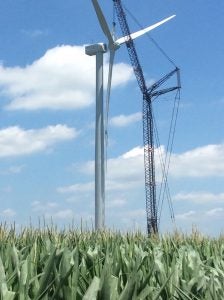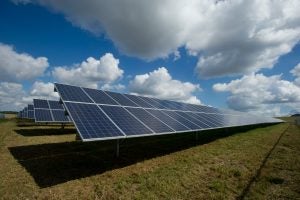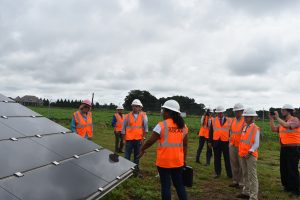 Governor Roy Cooper has issued a proclamation recognizing August 5-11 as “American Wind Week” here in North Carolina. It’s a good time to reflect on our clean energy progress – as a nation and as a state – and to consider what’s next.
Governor Roy Cooper has issued a proclamation recognizing August 5-11 as “American Wind Week” here in North Carolina. It’s a good time to reflect on our clean energy progress – as a nation and as a state – and to consider what’s next.
The amount of energy generated from wind turbines has more than tripled in the United States in the last decade, according to the American Wind Energy Association (AWEA), representing 6.3 percent of the nation’s generation mix last year. The Tar Heel state can take credit for a tiny portion of that with the 104 turbines generating power at the Amazon East Wind Farm near Elizabeth City, but we are lagging behind with wind representing only 0.4 percent of our state’s energy mix. Read More




